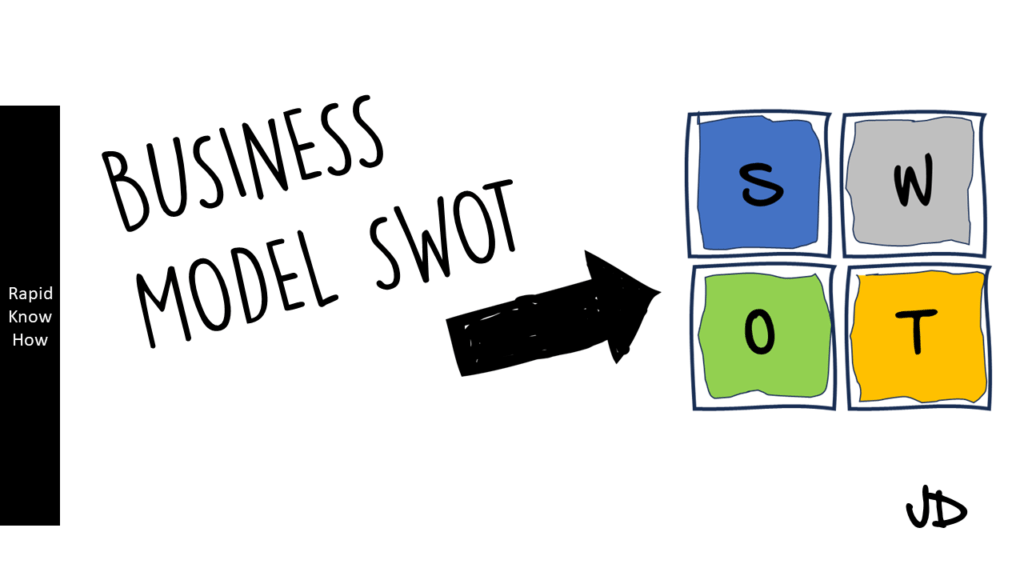Introduction
Visual thinking is a powerful tool that leverages our innate ability to understand and interpret visual information quickly and effectively. It involves the use of visual aids such as diagrams, sketches, charts, and graphs to simplify complex concepts, ideas, or problems. This method can be particularly useful in a business setting where executives often need to communicate complex decisions to the board of directors.
Understanding Visual Thinking
Visual thinking is not just about creating pretty pictures. It’s about using visuals to enhance our cognitive process of understanding, analyzing, and communicating complex information. The human brain processes visual information much faster than text-based information. By transforming complex data or ideas into a visual format, we can grasp the essence of the problem more quickly and intuitively.
Applying Visual Thinking to Problem Solving
1. Identify the Problem: The first step in any problem-solving process is to clearly define the problem. This could be done through a simple text-based description or a more elaborate visual representation such as a mind map or flowchart.
2. Analyze the Problem: Once the problem has been identified, it needs to be broken down into its constituent parts for easier analysis. This could involve creating a cause-and-effect diagram or a decision tree.
3. Generate Solutions: After analyzing the problem, it’s time to brainstorm possible solutions. This could involve creating a list of potential solutions or using a decision matrix to evaluate different options based on various criteria.
4. Implement Solutions: Once a solution has been chosen, it needs to be implemented. This could involve creating an action plan or Gantt chart to track progress.
5. Review Results: After implementing the solution, it’s important to review the results and assess whether the problem has been solved effectively. This could involve creating a before-and-after comparison chart or using key performance indicators (KPIs) to measure success.
Case Study: Executives Demonstrating Complex Decisions Using Visual Thinking
In many organizations, executives are often tasked with making complex decisions that have far-reaching implications for the company. These decisions need to be communicated effectively to the board of directors who may not have detailed knowledge of all aspects of the business.
For example, consider an executive who needs to decide whether to invest in a new product line. This decision involves considering various factors such as market demand, competition, production costs, potential profits, and risks.
By using visual thinking techniques such as SWOT analysis (Strengths, Weaknesses, Opportunities, Threats), decision trees, and financial projections presented in easy-to-understand charts and graphs, the executive can present this complex decision in a way that is easy for the board of directors to understand.
The executive can start by presenting a SWOT analysis that visually represents the strengths and weaknesses of investing in the new product line as well as opportunities and threats in the market.

Next, they can use a decision tree that visually outlines different scenarios based on various decisions and their potential outcomes.
Finally, they can present financial projections using charts and graphs that clearly show potential profits and losses under different scenarios. By presenting this complex decision visually rather than just verbally or textually, it becomes easier for board members to understand and make informed decisions.
Conclusion
Visual thinking is an effective tool for solving complex problems quickly and efficiently. By transforming complex data into visual formats that are easy for our brains to process and understand, we can make better decisions faster. Whether you’re an executive presenting complex decisions to your board of directors or anyone else faced with solving complex problems, visual thinking can help you succeed.
